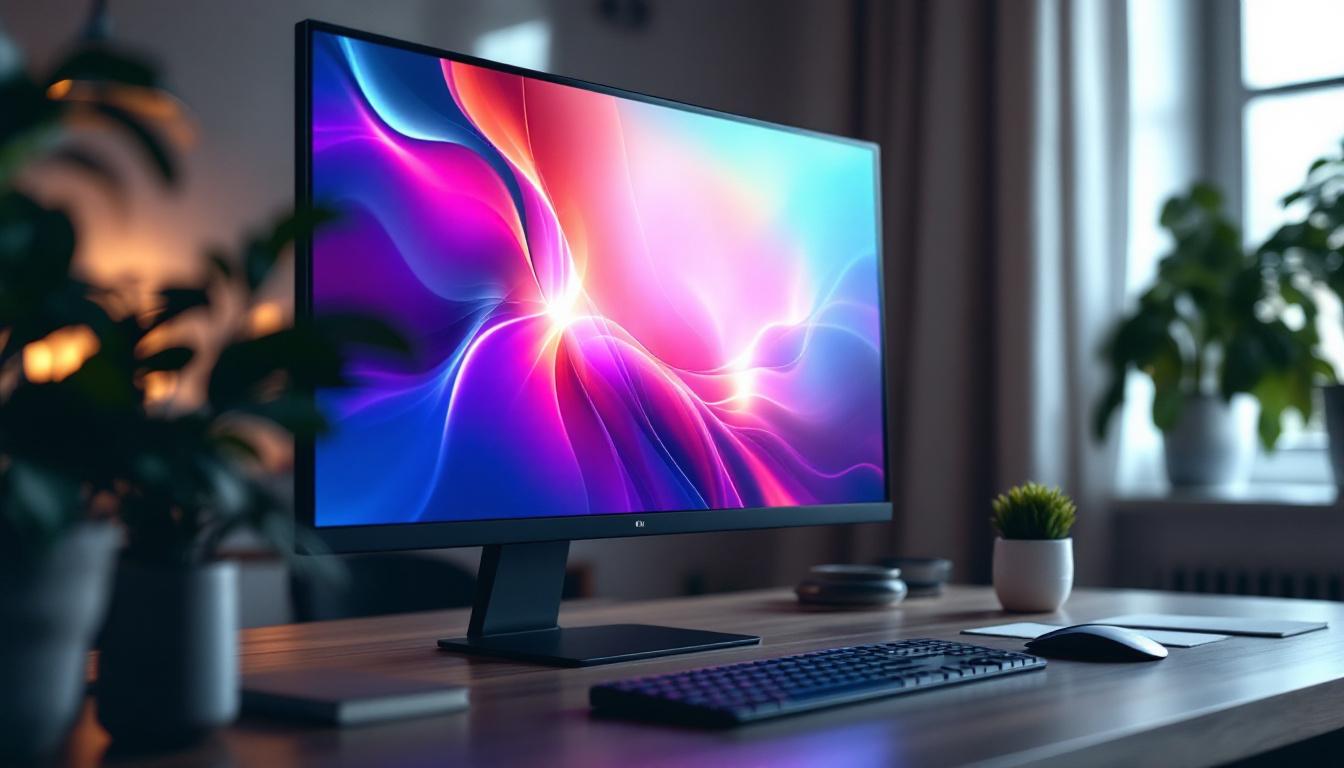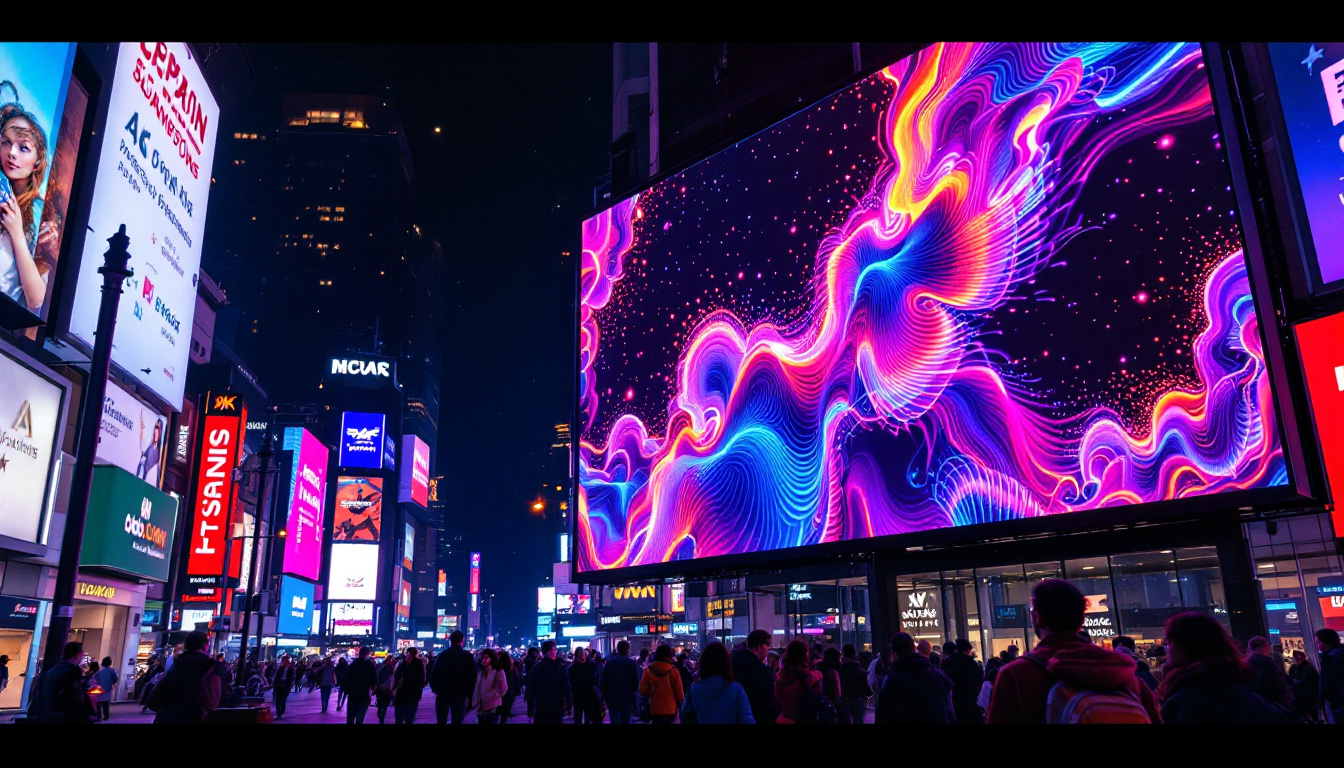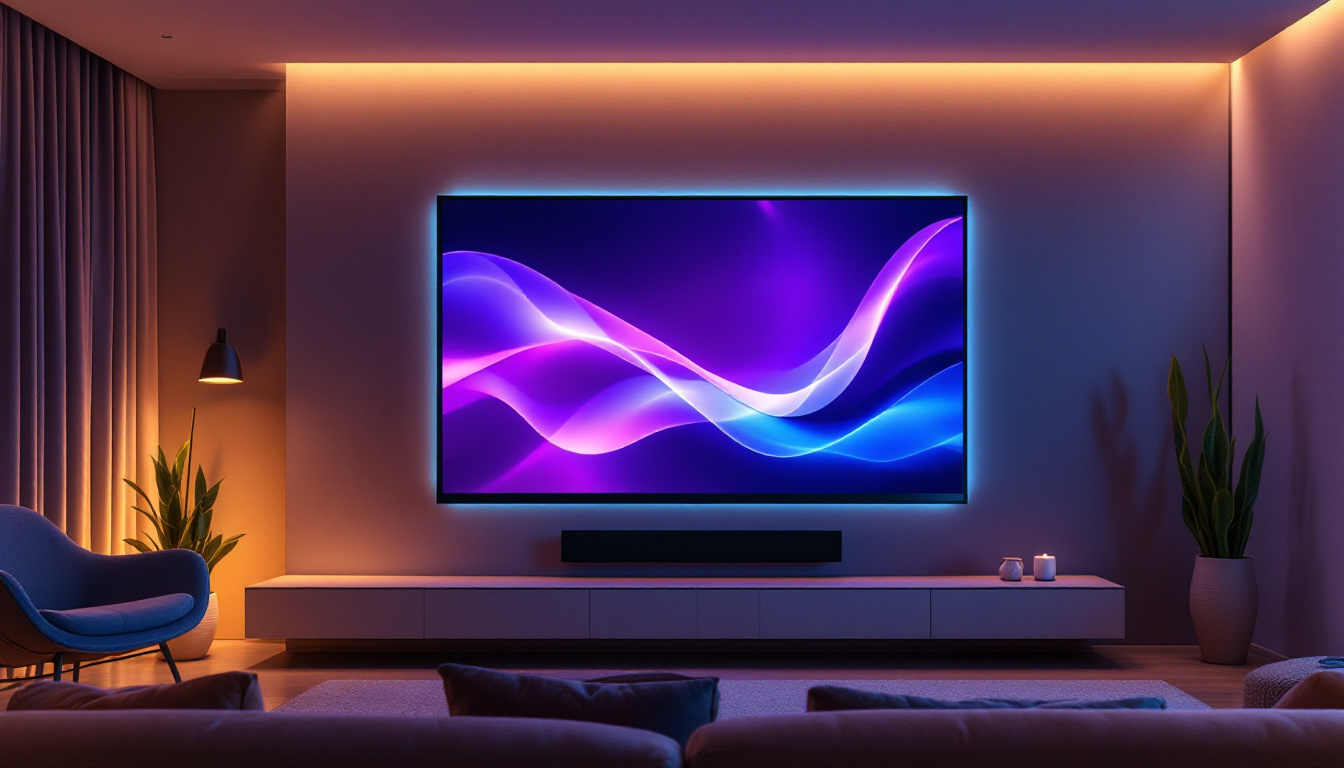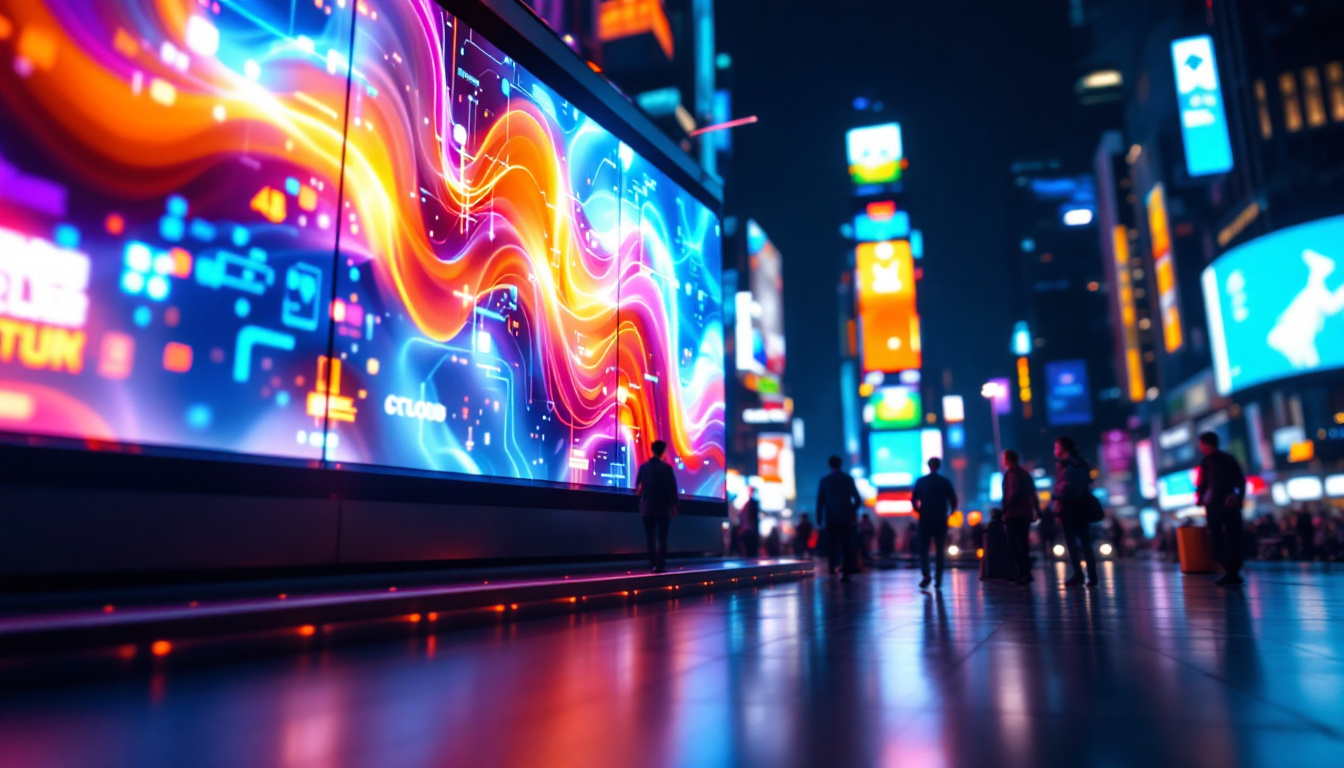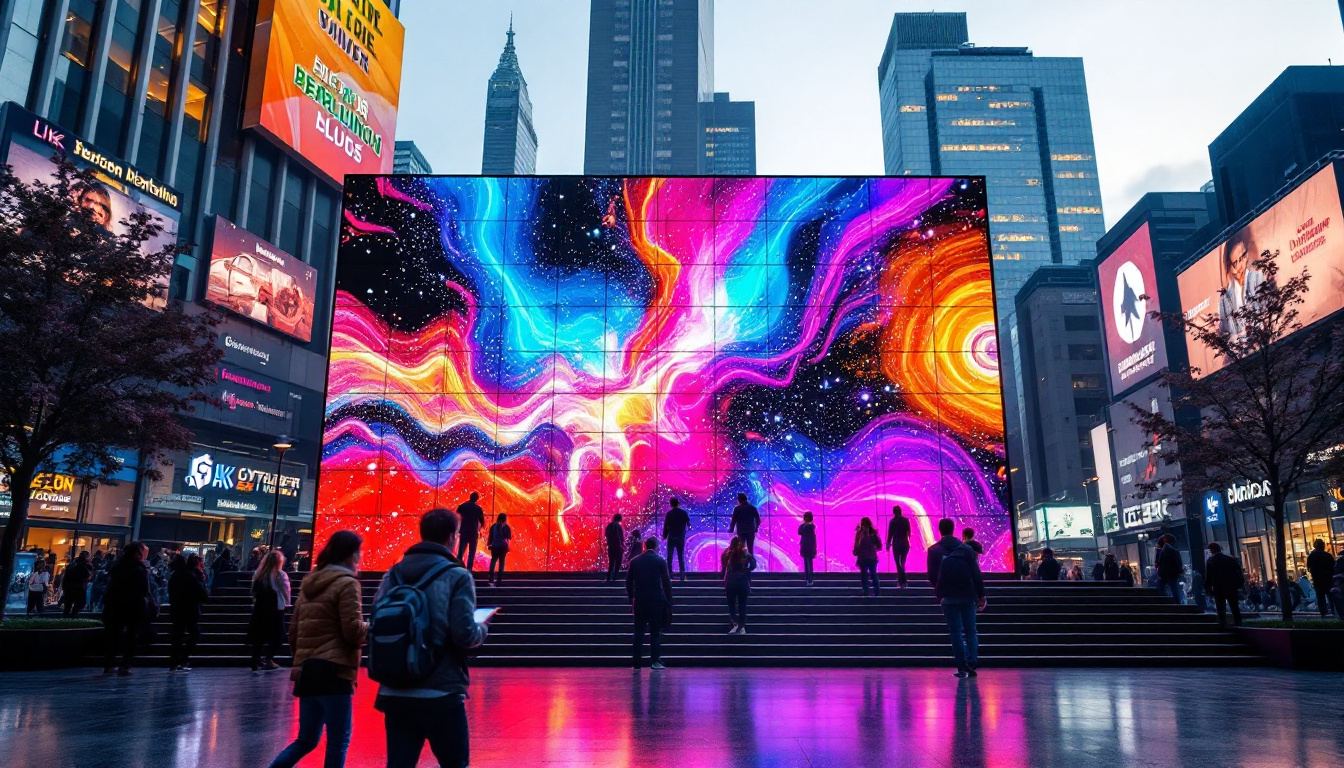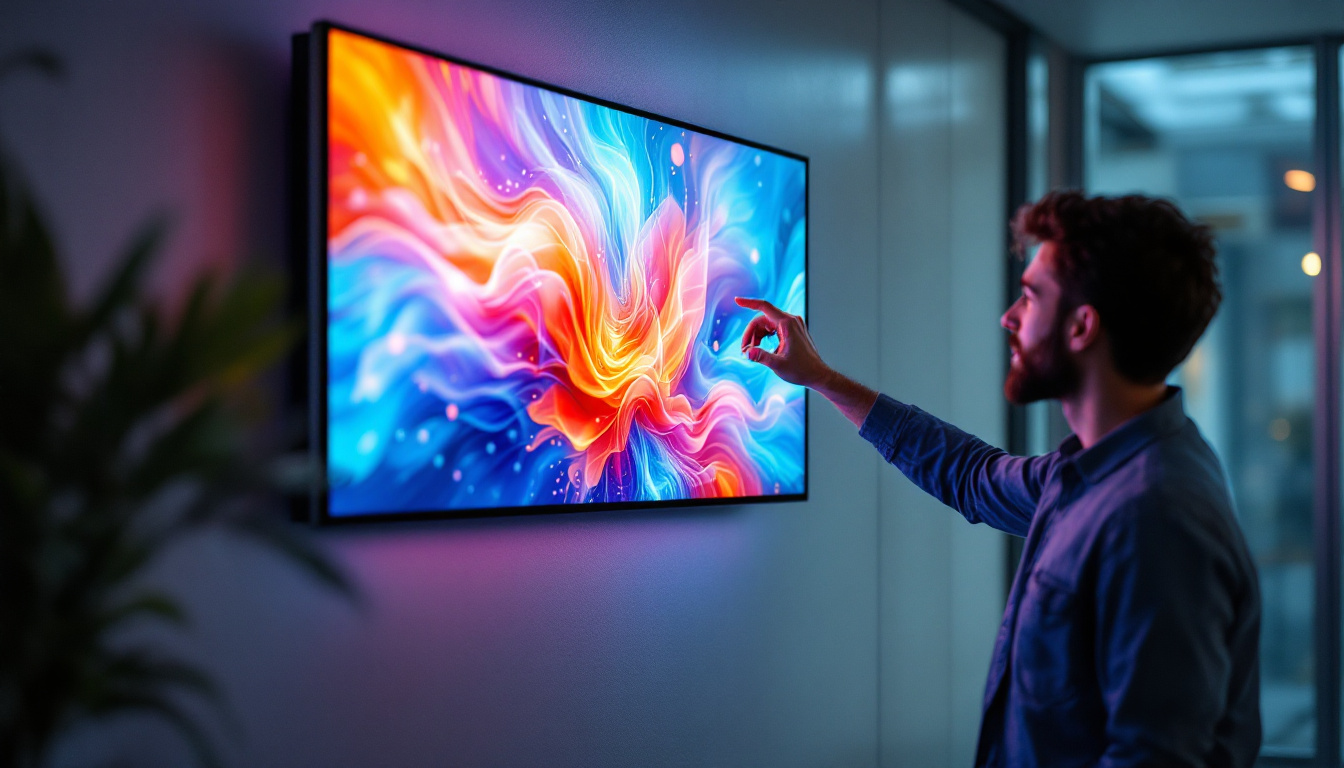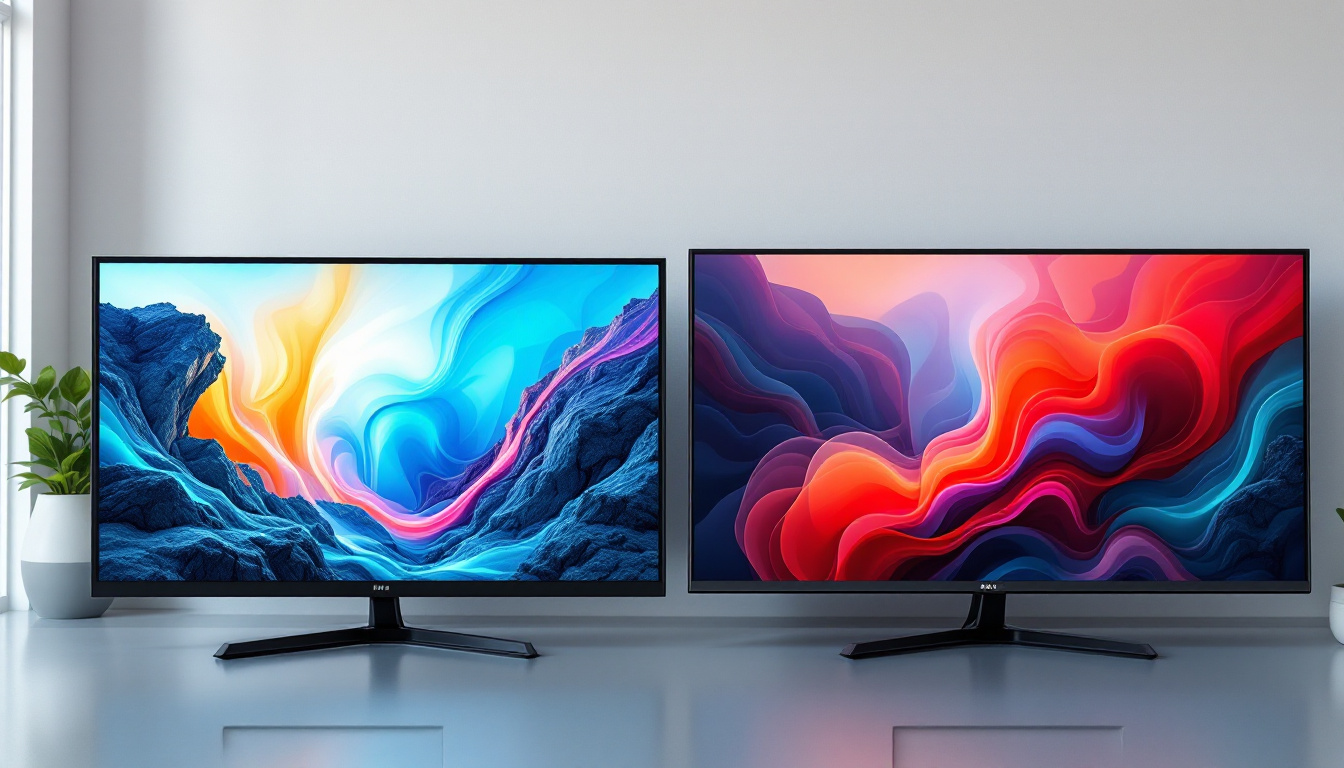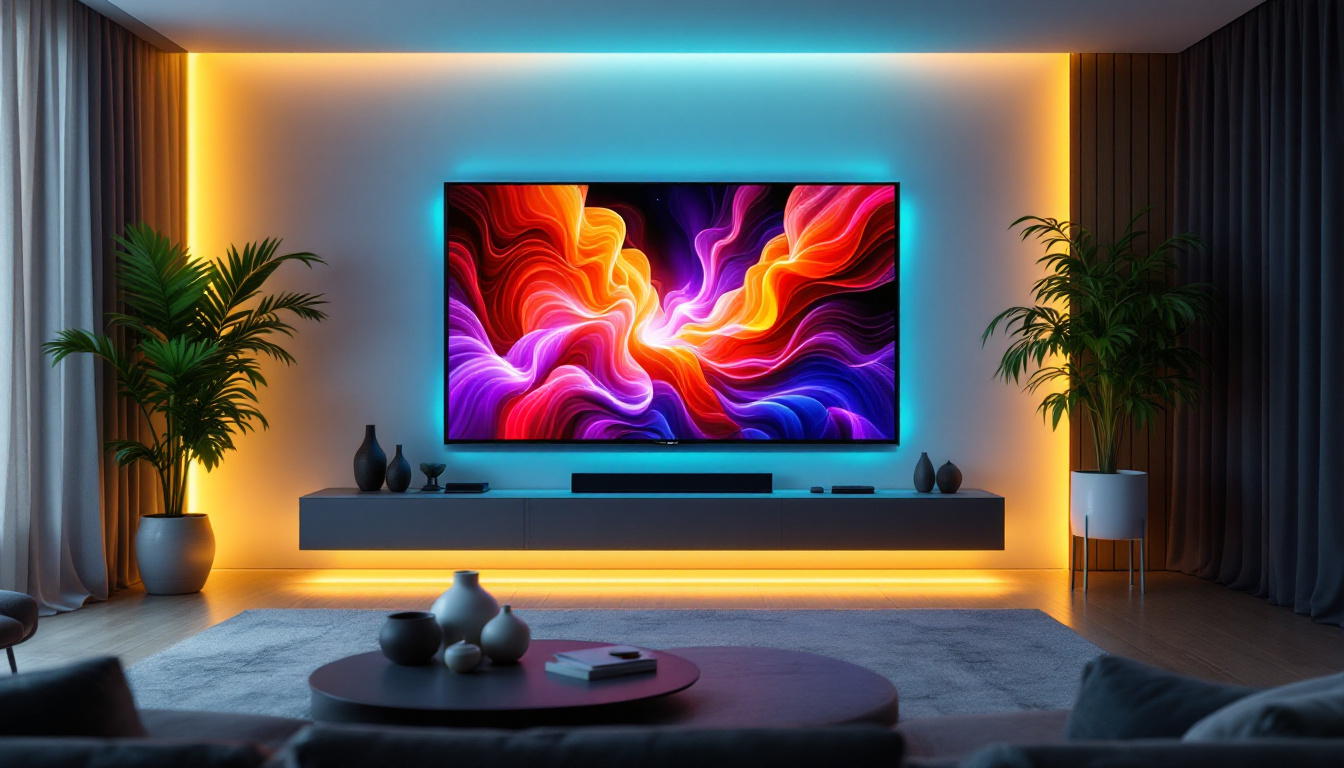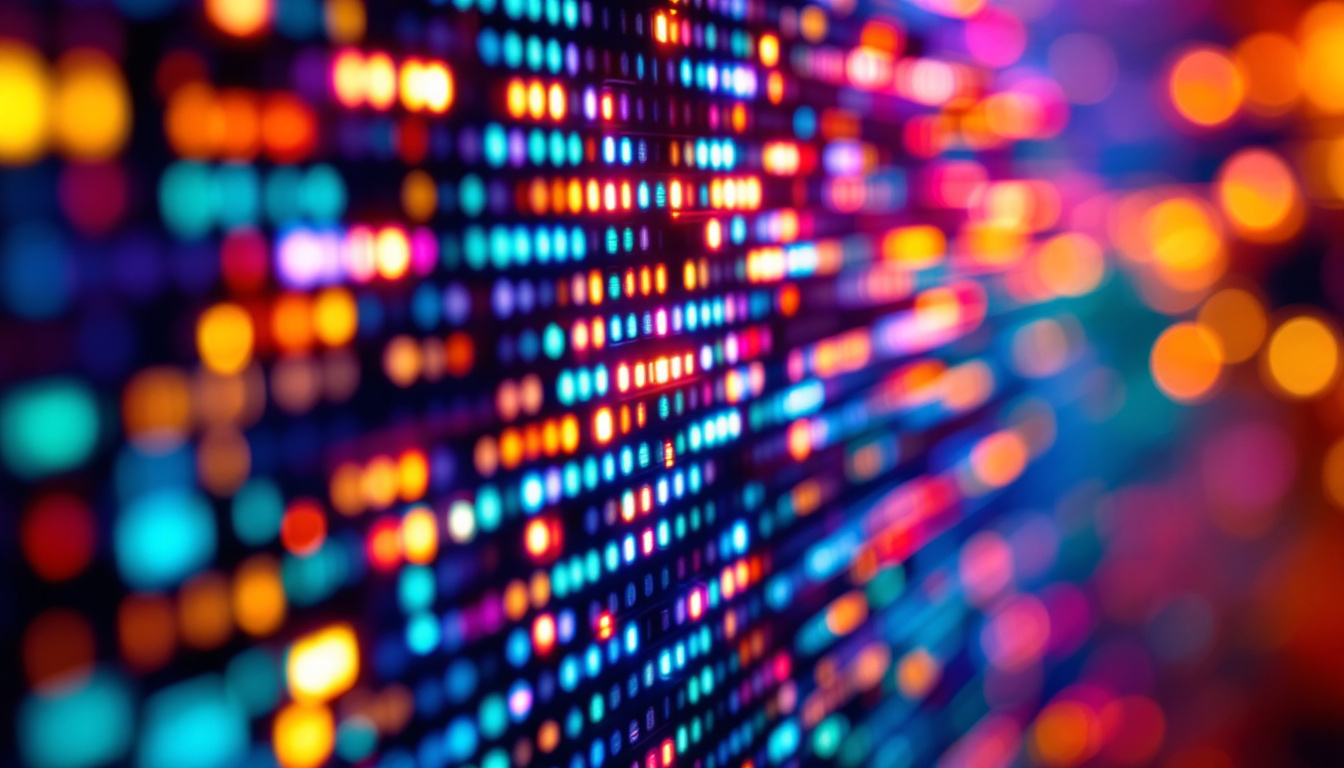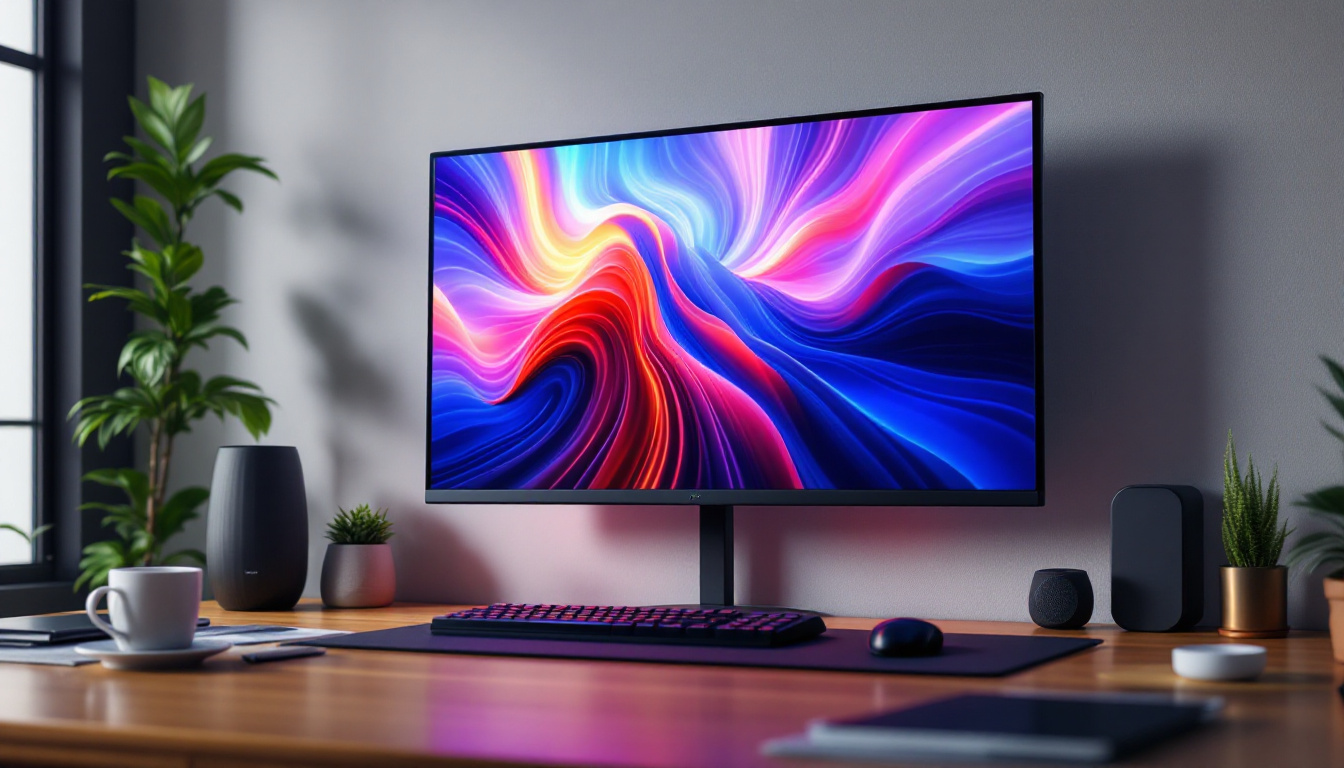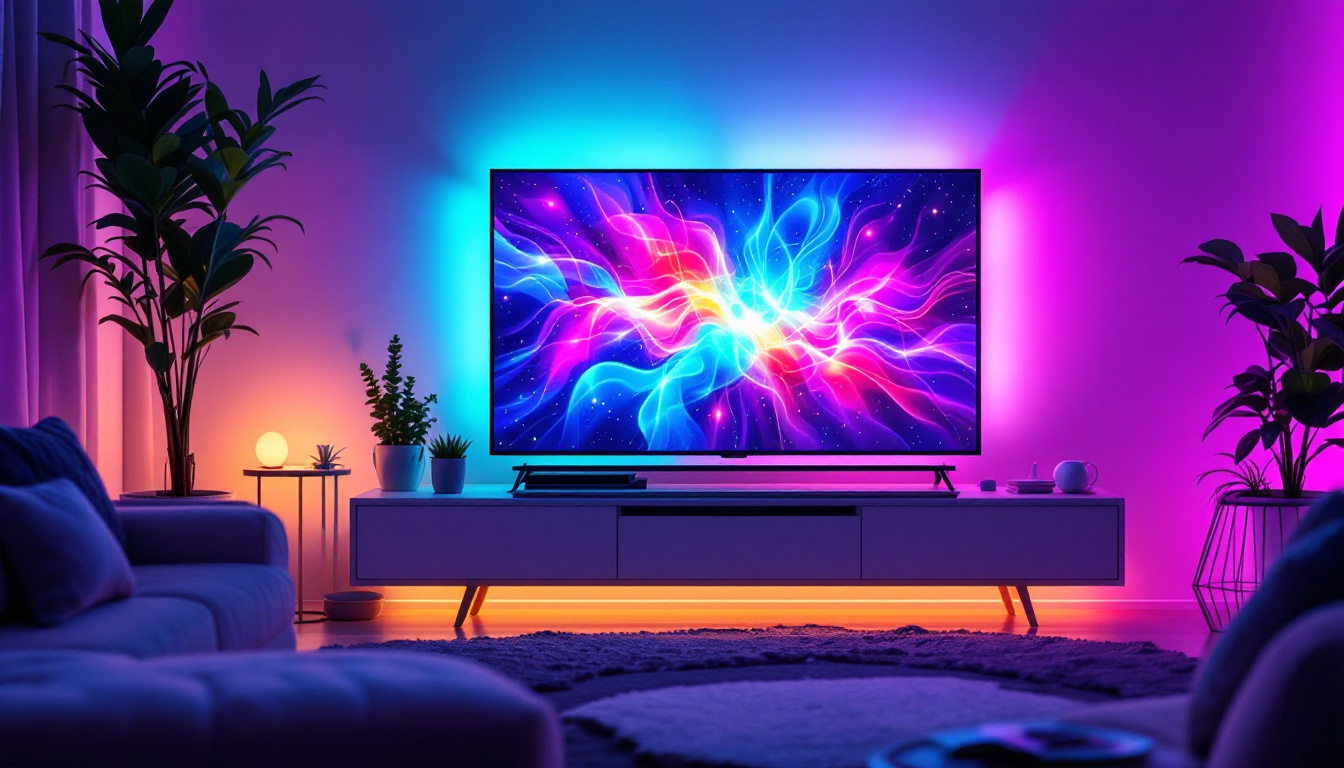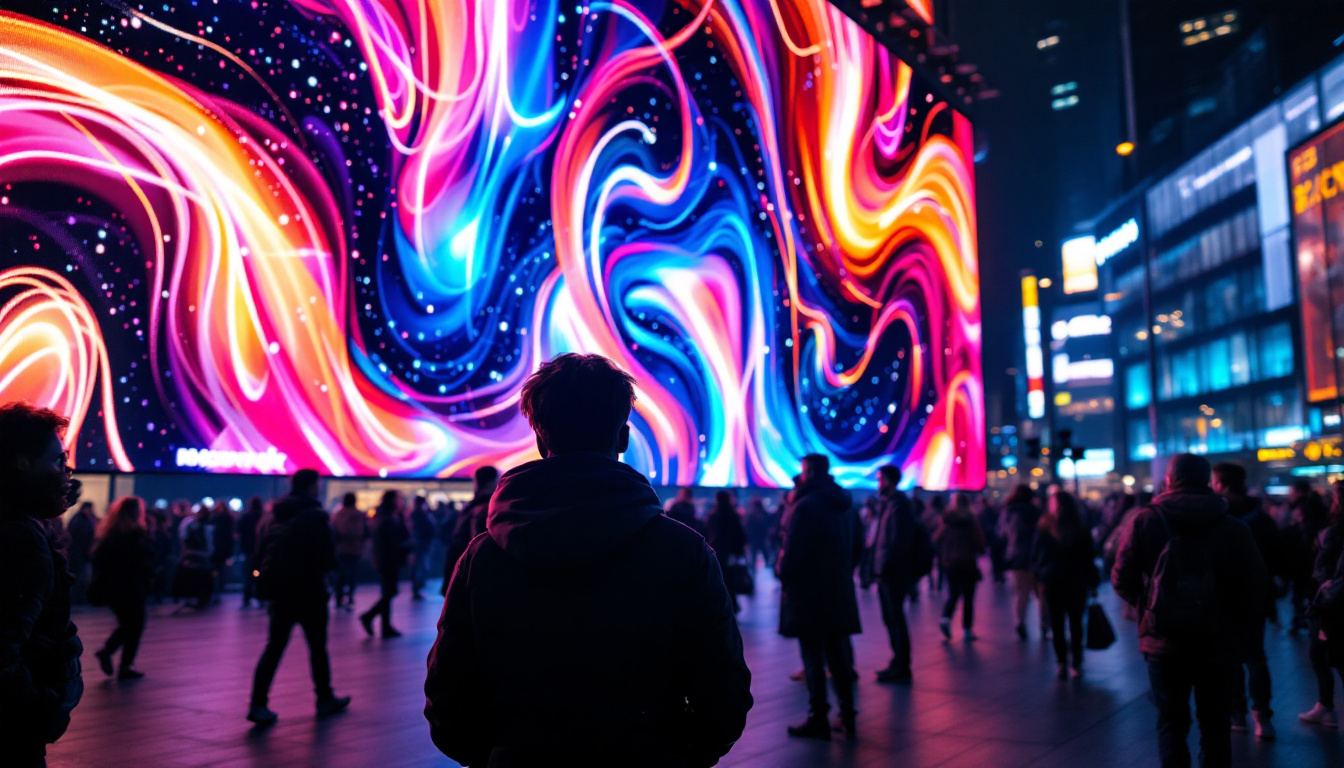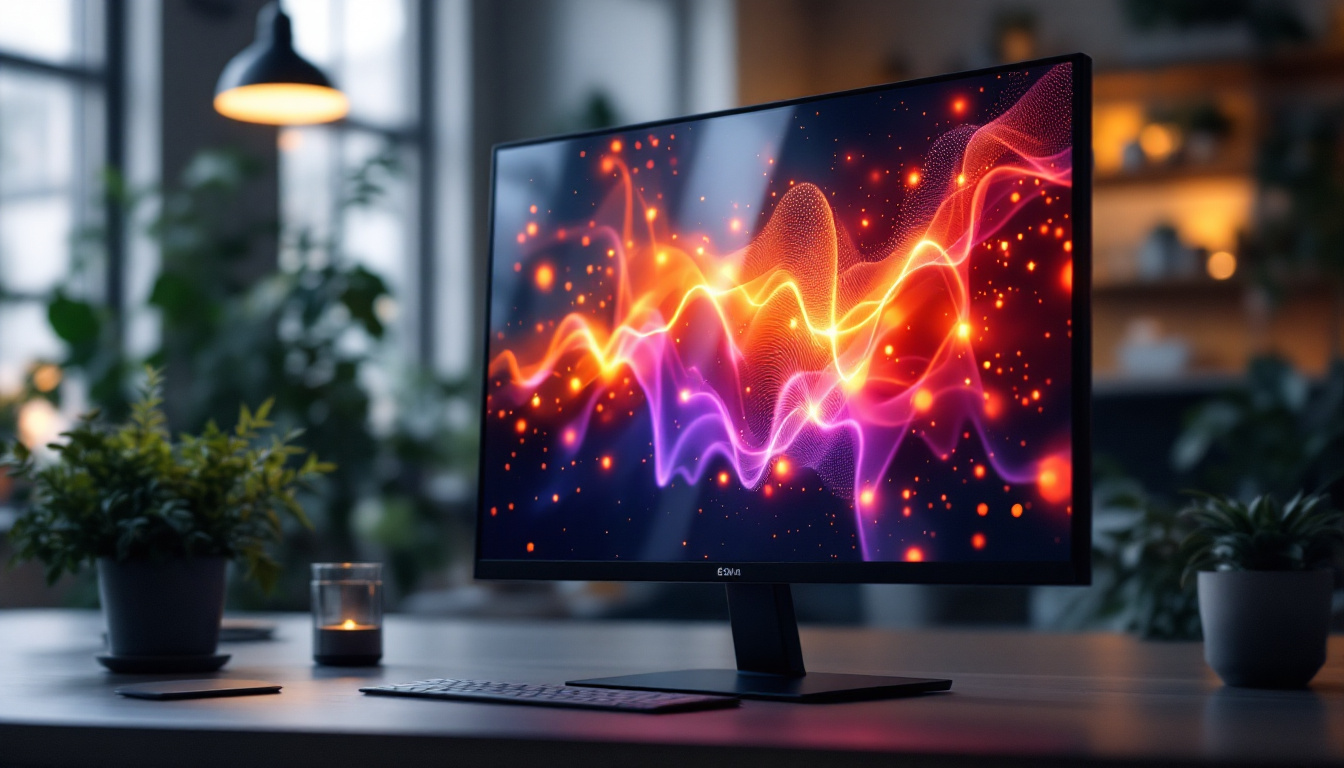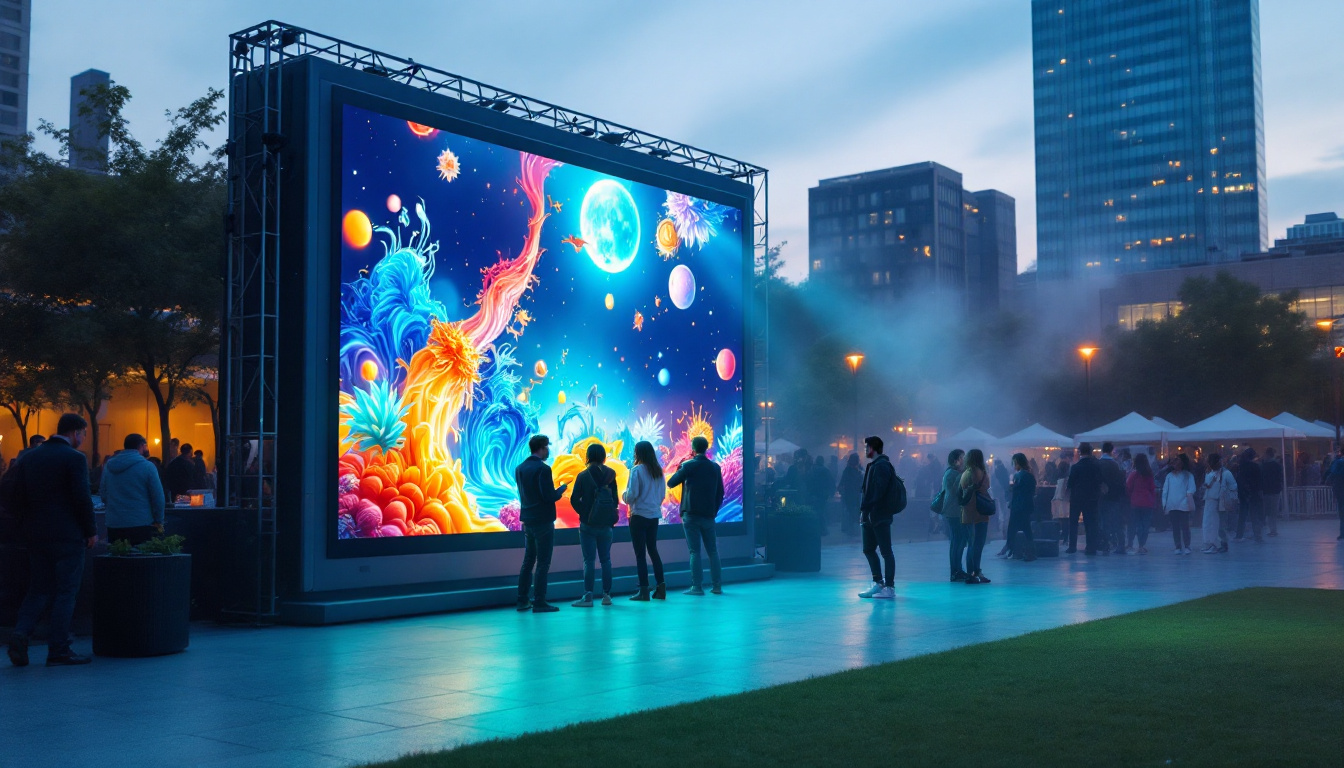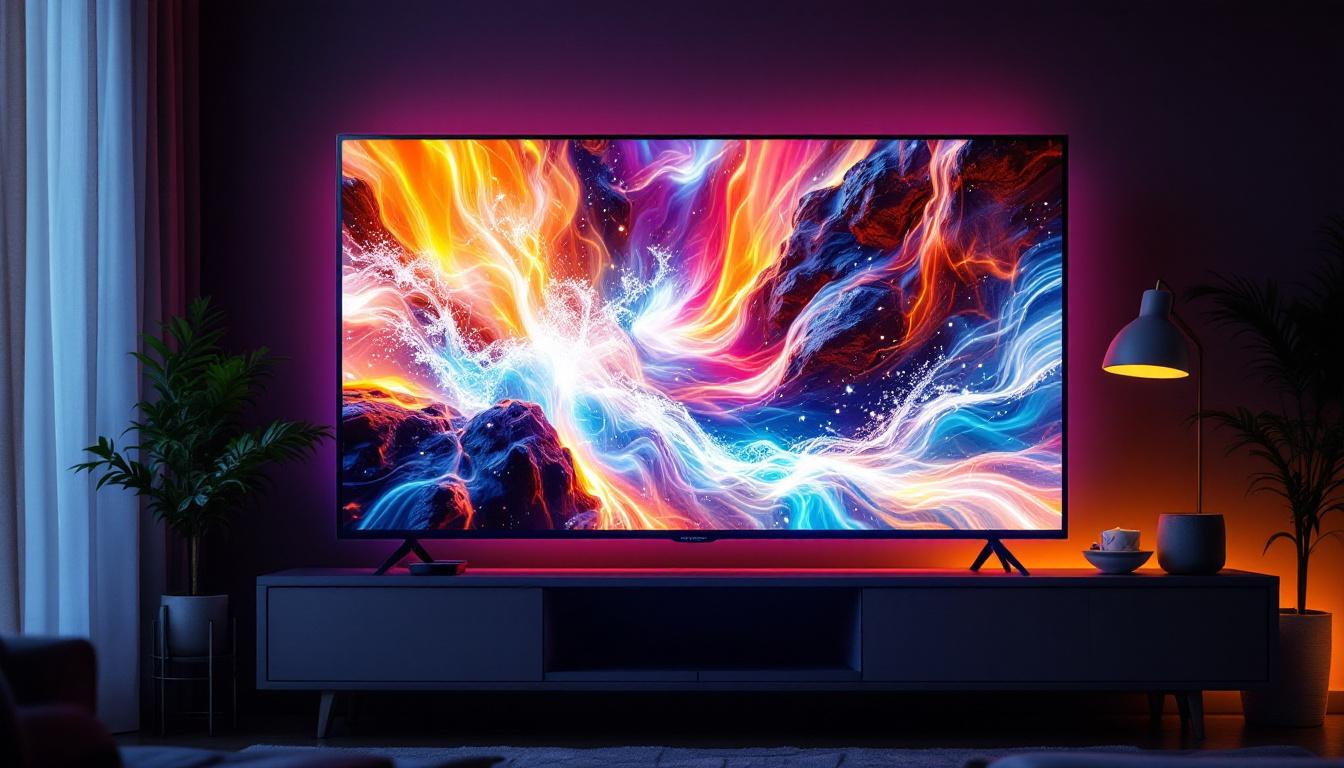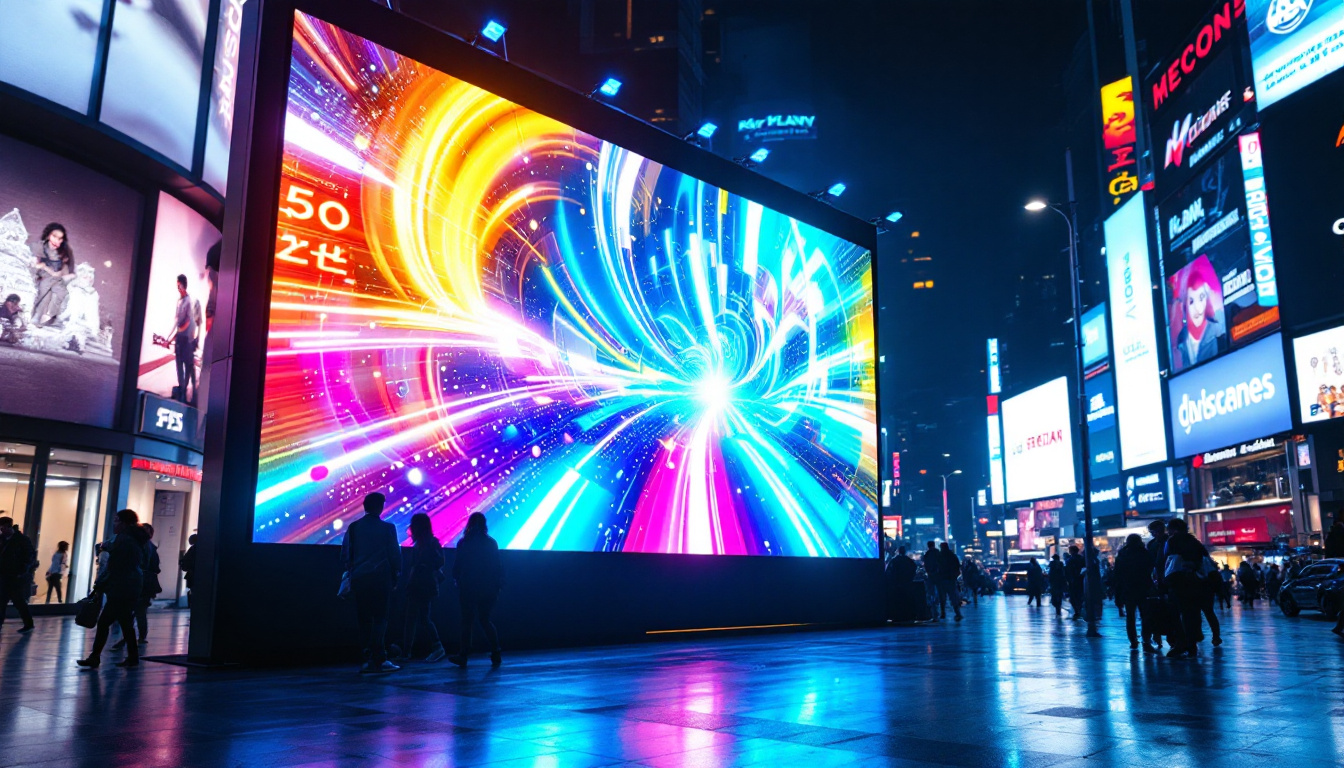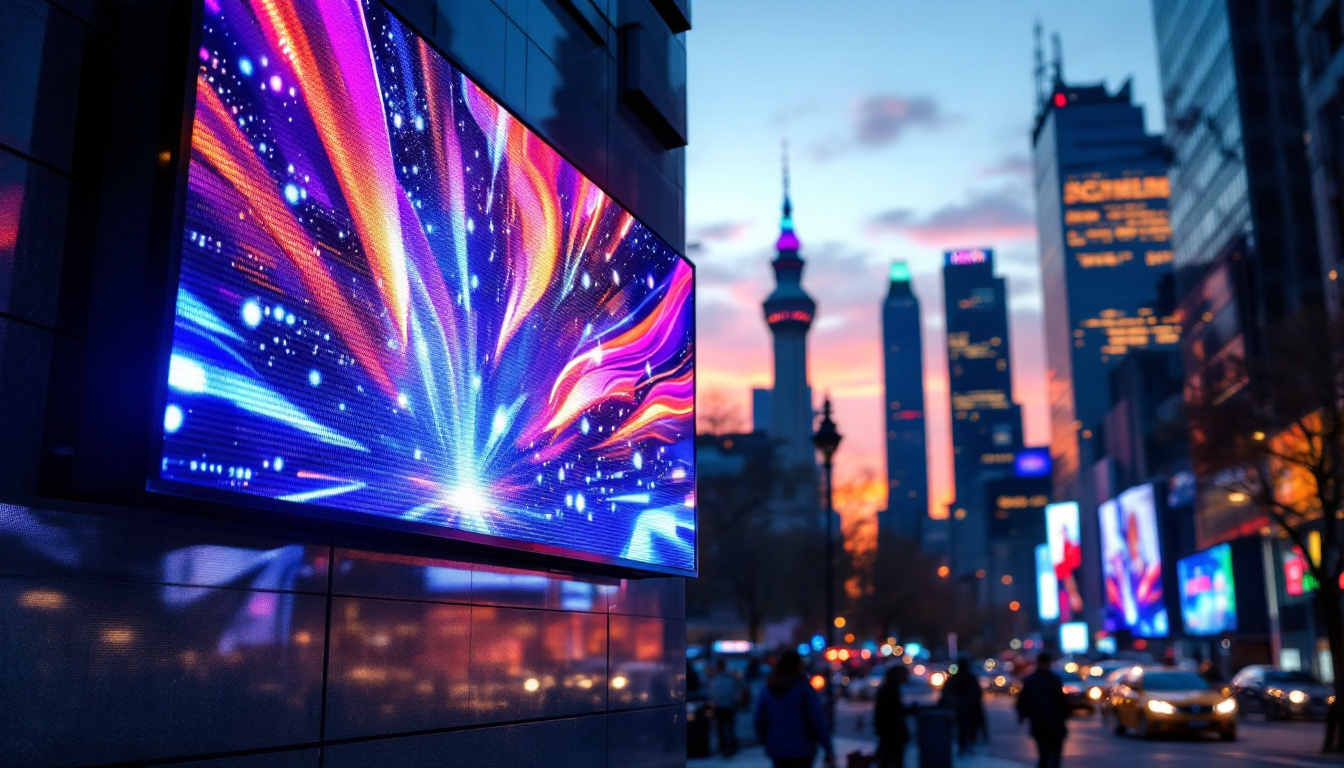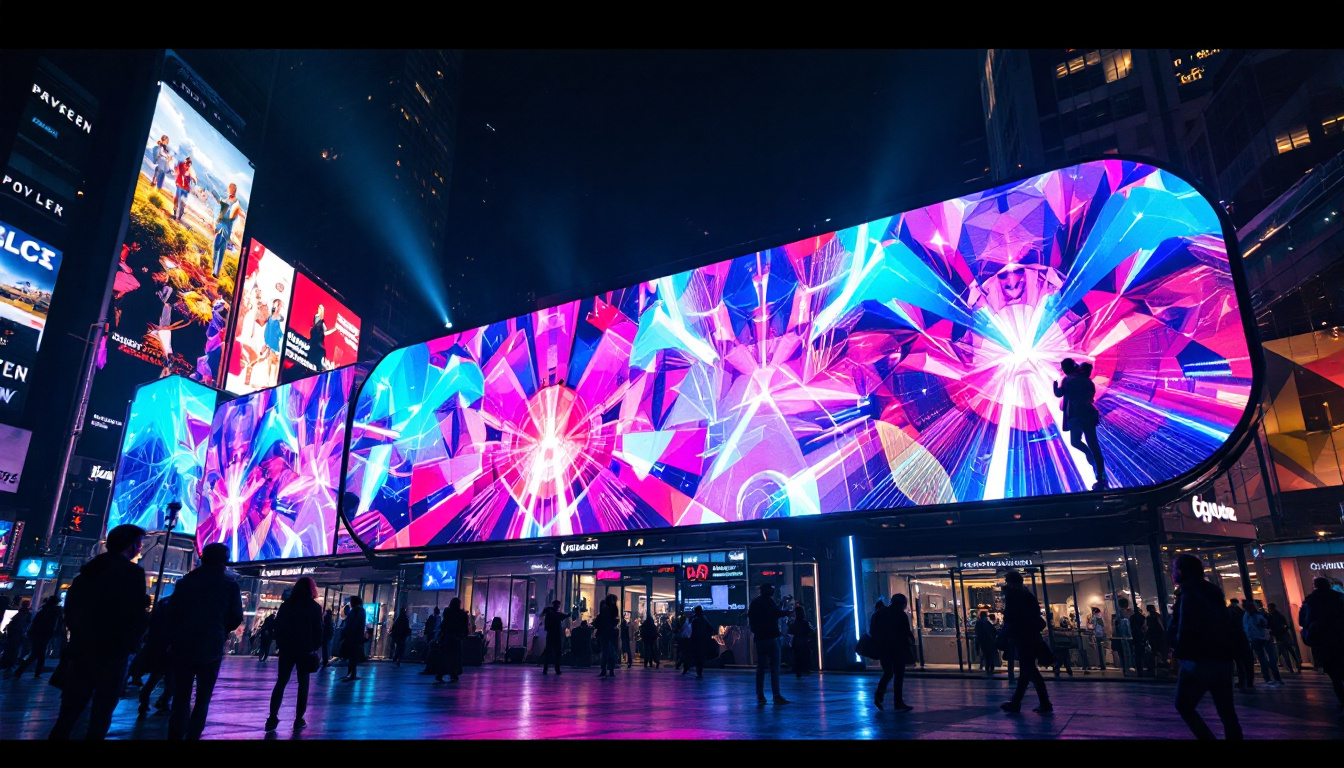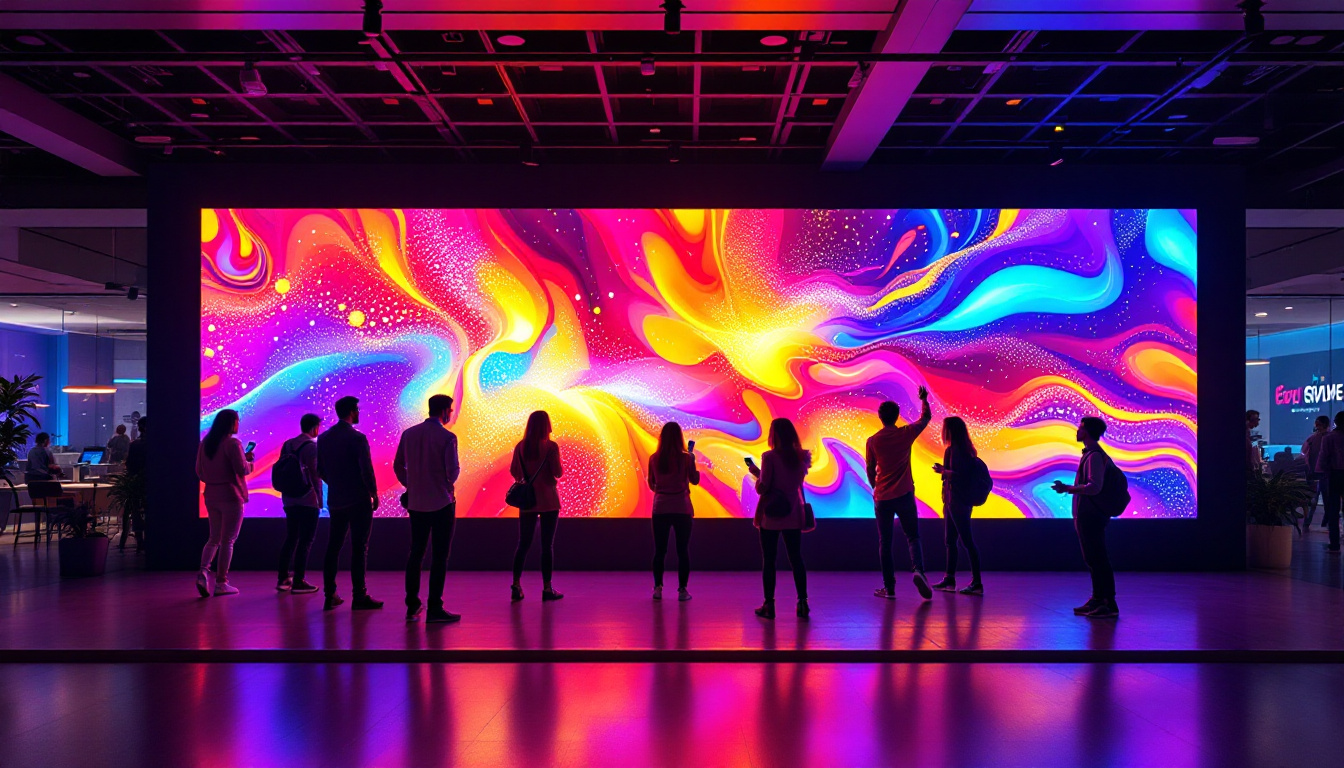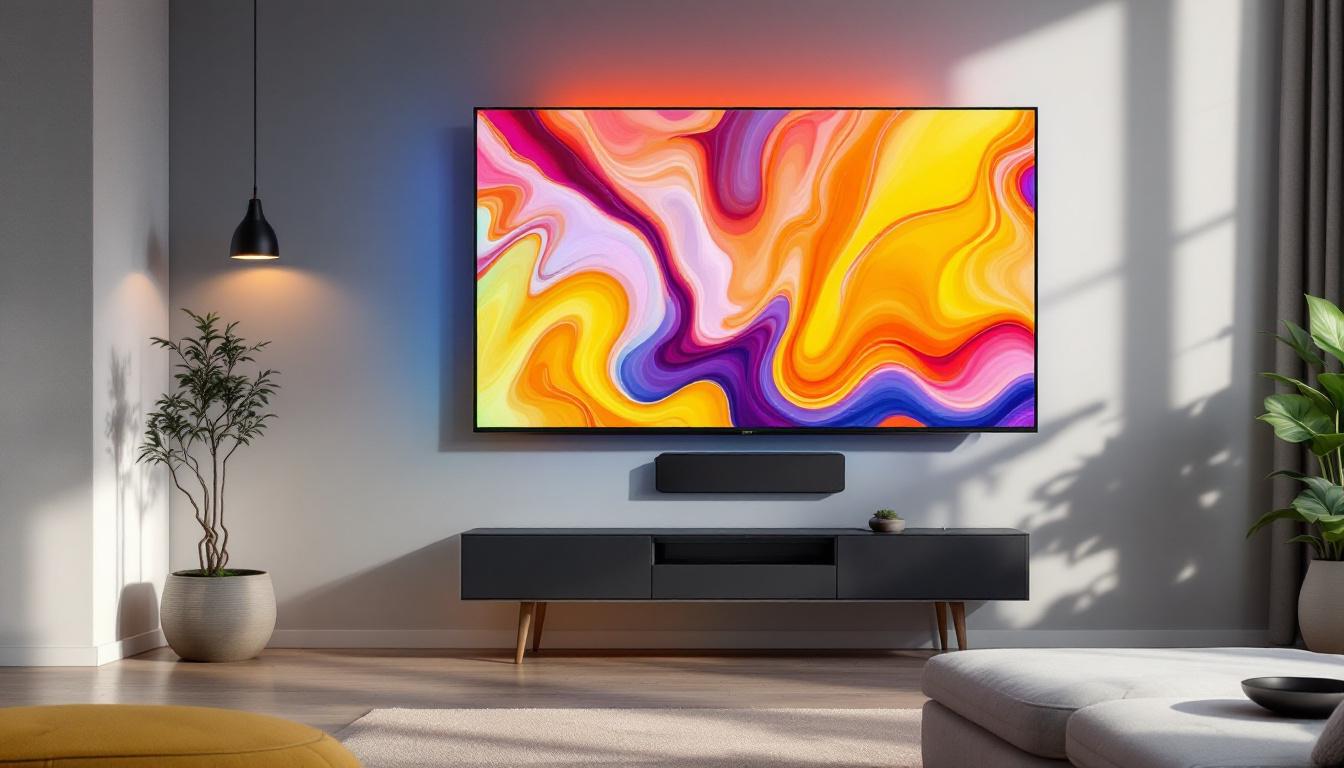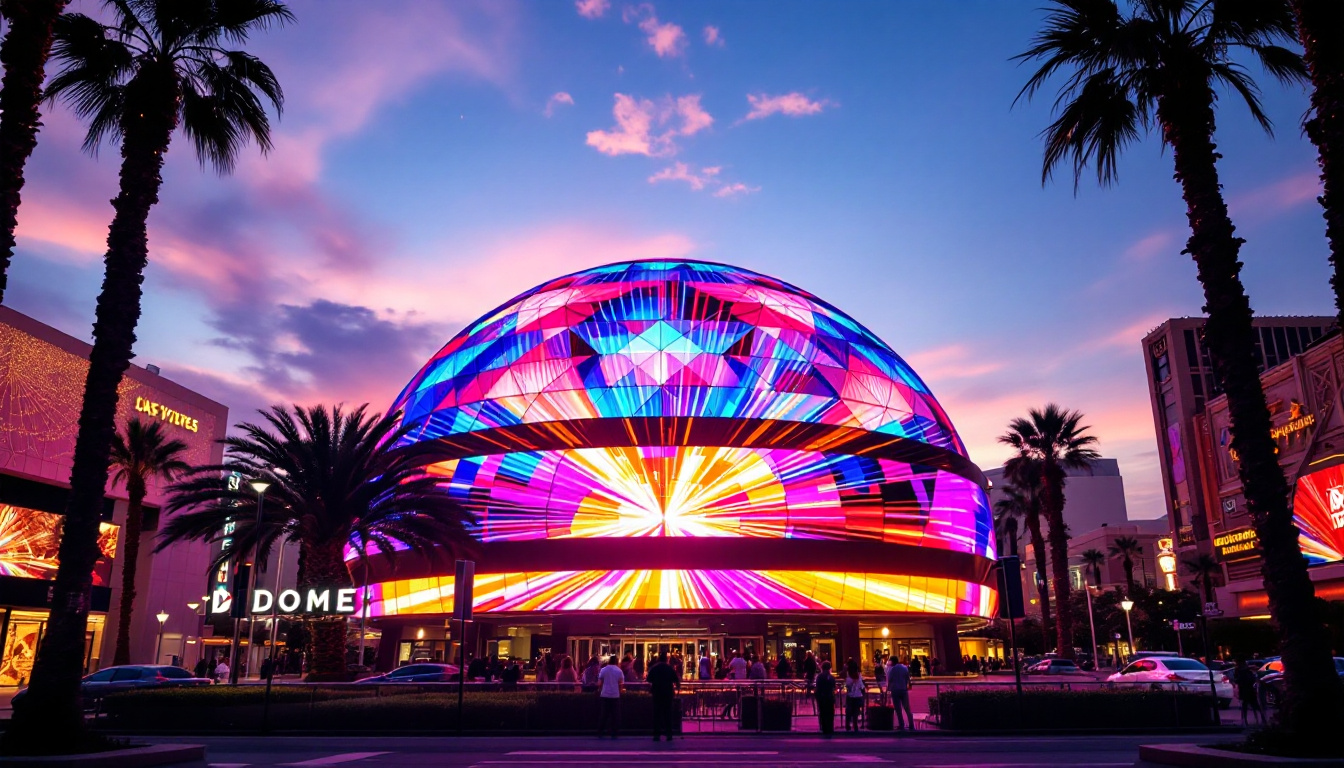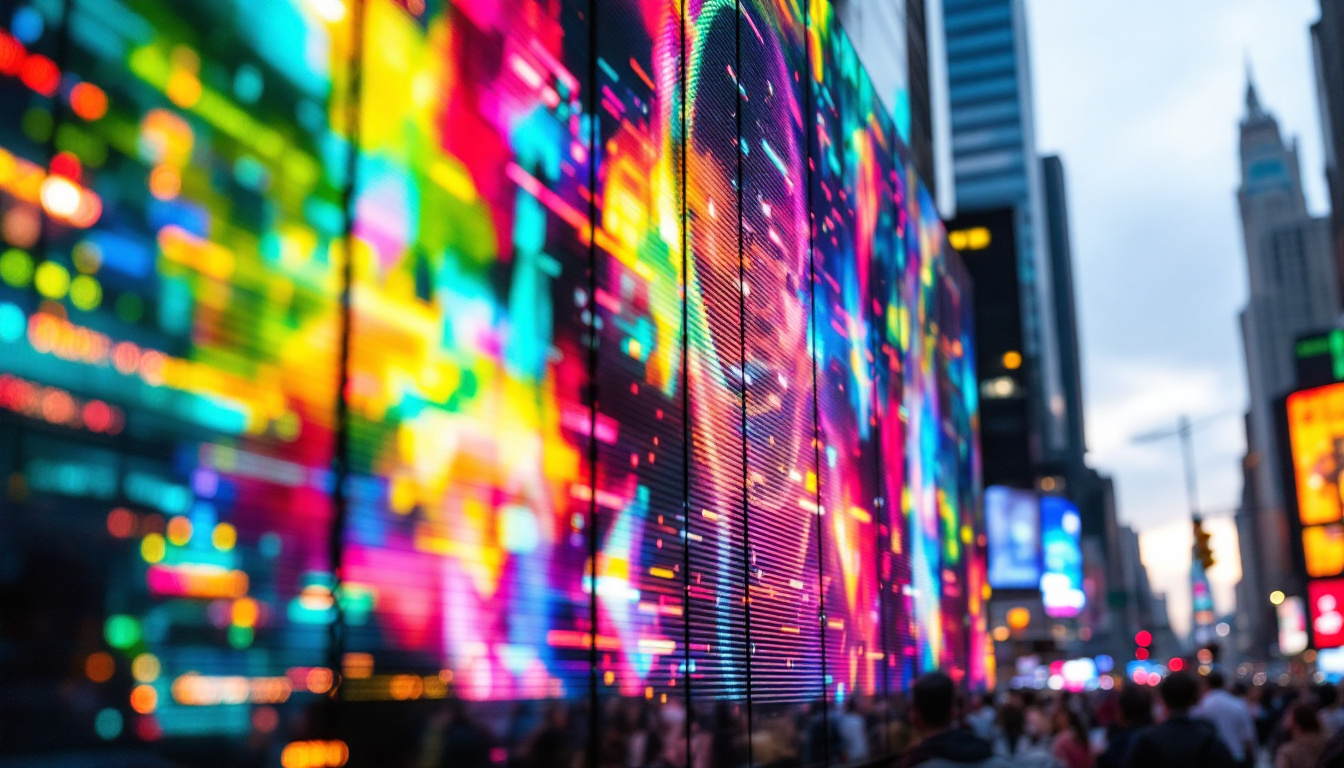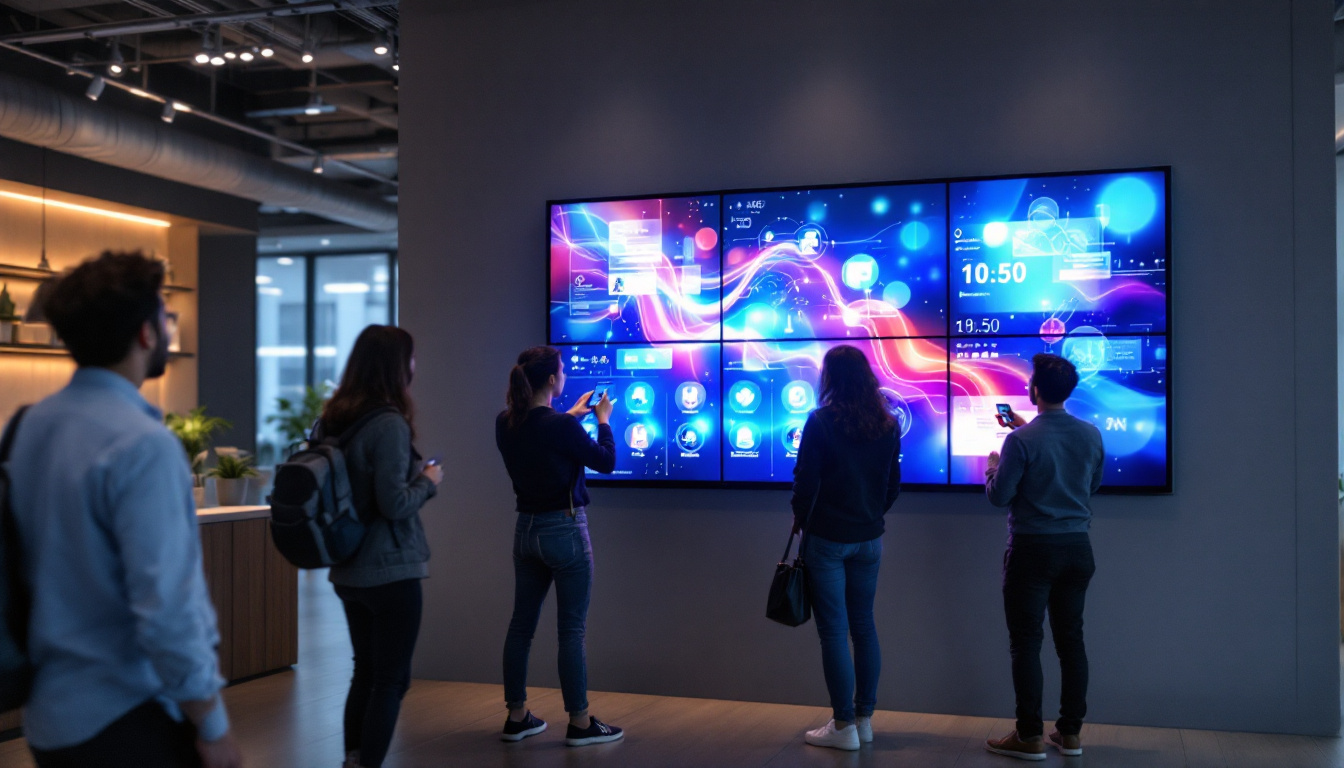In recent years, the intersection of 3D printing technology and LED displays has opened up a world of possibilities for architects, designers, and engineers. The ability to create intricate structures with integrated lighting systems is revolutionizing the way we think about building design and functionality. This article delves into the concept of 3D printing walls with integrated LED displays, exploring their applications, benefits, and the technology behind this innovative approach.
Understanding 3D Printing Technology
3D printing, also known as additive manufacturing, is a process that creates three-dimensional objects by layering materials based on digital models. This technology has evolved significantly since its inception, with various methods available, including Fused Deposition Modeling (FDM), Stereolithography (SLA), and Selective Laser Sintering (SLS). Each method offers unique advantages, making 3D printing a versatile tool in various industries.
The Evolution of 3D Printing
Initially used for prototyping, 3D printing has expanded its applications to include everything from medical implants to aerospace components. The technology has become more accessible, allowing smaller companies and individuals to create custom designs without the need for large-scale manufacturing processes. This democratization of production has paved the way for innovative applications, such as 3D printed walls with integrated LED displays. Furthermore, the rise of open-source 3D printing communities has fostered collaboration and knowledge sharing, enabling enthusiasts and professionals alike to push the boundaries of what can be achieved with this technology. As a result, we are witnessing a surge in creative designs that challenge traditional manufacturing norms, leading to a new era of personalized products.
Materials Used in 3D Printing
The materials employed in 3D printing are crucial for the functionality and aesthetics of the final product. Common materials include plastics, metals, ceramics, and even bio-based substances. For 3D printing walls, materials need to be durable, lightweight, and capable of housing electronic components like LED displays. Recent advancements have led to the development of composites that combine the benefits of various materials, enhancing the performance of 3D printed structures. In addition to these conventional materials, researchers are exploring the use of sustainable options, such as recycled plastics and biodegradable filaments, which not only reduce waste but also contribute to environmentally friendly manufacturing practices. This shift towards sustainability is becoming increasingly important as industries seek to minimize their ecological footprint while still meeting the demands for innovation and efficiency.
What Are 3D Printed Walls with LED Displays?
3D printed walls with integrated LED displays represent a fusion of architecture and technology. These walls are not just structural elements; they serve as dynamic canvases for visual communication, enhancing the aesthetic appeal and functionality of spaces. By embedding LED technology within the walls, designers can create interactive environments that respond to the needs of users.
Design Flexibility
One of the most significant advantages of 3D printing is its design flexibility. Traditional construction methods often limit creativity due to the constraints of materials and techniques. However, 3D printing allows for complex geometries and patterns that can be tailored to specific requirements. This flexibility extends to the integration of LED displays, enabling designers to create unique visual experiences that can change based on context or user interaction. Moreover, the ability to customize shapes and sizes means that these walls can be seamlessly integrated into various architectural styles, from ultra-modern to more traditional designs, ensuring that they complement their surroundings while standing out as innovative features.
Applications in Various Sectors
The applications of 3D printed walls with LED displays are vast and varied. In commercial spaces, these walls can serve as advertising platforms, showcasing dynamic content that captures the attention of passersby. In residential settings, they can create mood lighting or provide information through interactive displays. Additionally, in public spaces such as museums or galleries, these walls can enhance storytelling by providing immersive experiences that engage visitors. For instance, a museum could utilize a 3D printed wall to display historical timelines or interactive maps that guide guests through exhibits, making the learning experience more engaging. Similarly, in the hospitality industry, hotels can use these walls to create welcoming atmospheres, displaying art or information about local attractions, thereby enriching the guest experience and providing a sense of place.
Benefits of 3D Printed Walls with LED Displays
The integration of LED displays into 3D printed walls offers numerous benefits that enhance both functionality and aesthetics. These advantages make them an attractive option for architects and designers looking to innovate within their projects.
Energy Efficiency
LED technology is known for its energy efficiency compared to traditional lighting solutions. By integrating LEDs directly into the structure of a wall, energy consumption can be minimized while maximizing visual impact. This not only reduces operating costs but also contributes to sustainable building practices, aligning with the growing emphasis on eco-friendly design.
Enhanced User Experience
3D printed walls with LED displays can significantly enhance user experience by providing interactive and customizable environments. For instance, in a retail setting, walls can change colors or display promotional content based on customer behavior or time of day. This adaptability creates a more engaging atmosphere, encouraging longer visits and increased customer satisfaction.
Streamlined Construction Processes
Integrating LED displays into 3D printed walls can streamline construction processes. Traditional methods of installing lighting and display systems often require additional labor and materials. However, with 3D printing, the wall can be created as a single unit, reducing the need for separate installation processes. This not only saves time but also minimizes waste, contributing to a more efficient construction workflow.
The Technology Behind 3D Printed Walls with LED Displays
The creation of 3D printed walls with integrated LED displays involves a combination of advanced technologies, including 3D printing techniques, electronic integration, and software development. Understanding these components is essential for appreciating the complexity of this innovative approach.
3D Printing Techniques
Different 3D printing techniques can be employed to create walls with integrated LED displays. FDM, for example, is commonly used due to its affordability and ease of use. However, for more intricate designs that require precise detailing, SLA or SLS may be preferred. The choice of technique often depends on the specific requirements of the project, including the desired finish and structural integrity.
Integration of Electronics
Integrating LED technology into 3D printed walls requires careful planning and execution. Designers must consider factors such as power supply, wiring, and control systems. This integration can be achieved during the printing process, where channels for wiring can be printed directly into the wall structure. Alternatively, components can be added post-printing, depending on the design and functionality required.
Software and Design Tools
Creating 3D printed walls with LED displays necessitates the use of specialized software for both design and control. CAD (Computer-Aided Design) software is essential for creating the digital models that guide the printing process. Additionally, software for controlling the LED displays allows for dynamic content management, enabling users to change visuals easily and adapt to different contexts.
Challenges and Considerations
While the potential of 3D printed walls with LED displays is immense, several challenges and considerations must be addressed to ensure successful implementation. Understanding these hurdles can help stakeholders navigate the complexities of this innovative technology.
Cost Implications
Although 3D printing can reduce labor costs and material waste, the initial investment in technology and materials can be significant. High-quality 3D printers and specialized materials for embedding electronics may require a substantial upfront cost. Stakeholders must weigh these costs against the long-term benefits to determine the feasibility of such projects.
Regulatory and Safety Standards
As with any construction project, adhering to regulatory and safety standards is paramount. 3D printed walls with integrated LED displays must meet building codes and safety regulations, which can vary by location. Ensuring compliance may require additional testing and certification, adding complexity to the project timeline.
Technical Expertise
The successful integration of 3D printing and LED technology requires a multidisciplinary approach. Architects, engineers, and designers must collaborate closely to ensure that the final product meets aesthetic, functional, and safety requirements. This collaboration may necessitate the involvement of specialists in electronics and software development, further complicating project management.
The Future of 3D Printed Walls with LED Displays
The future of 3D printed walls with integrated LED displays is promising, with ongoing research and development likely to yield even more innovative solutions. As technology continues to advance, the possibilities for application will expand, leading to new designs and functionalities.
Potential Innovations
Future innovations in materials science may lead to the development of new composites that enhance the performance of 3D printed walls. For instance, materials that are not only lightweight and durable but also possess self-healing properties could revolutionize building design. Additionally, advancements in LED technology may result in even more energy-efficient and versatile lighting solutions.
Broader Adoption Across Industries
As awareness of the benefits of 3D printed walls with LED displays grows, it is likely that more industries will adopt this technology. Sectors such as hospitality, healthcare, and education may increasingly utilize these innovative walls to create engaging environments that enhance user experience and functionality.
Integration with Smart Building Technologies
The integration of 3D printed walls with LED displays into smart building systems presents an exciting frontier. By connecting these walls to IoT (Internet of Things) networks, they can respond to environmental changes, user preferences, and even energy consumption patterns. This level of interactivity could redefine how spaces are utilized and experienced.
Conclusion
3D printed walls with integrated LED displays represent a significant advancement in building design and construction. By merging the capabilities of 3D printing with the dynamic nature of LED technology, architects and designers can create spaces that are not only visually stunning but also highly functional. As technology continues to evolve, the potential for innovation in this field is limitless, promising a future where buildings are not just structures but interactive environments that enhance the human experience.
Illuminate Your Space with LumenMatrix
Ready to transform your architectural projects into interactive masterpieces? LumenMatrix is at the forefront of integrating LED display technology with 3D printing innovation. From mesmerizing Indoor LED Wall Displays to robust Outdoor LED Wall Displays, and from sleek LED Poster Displays to dynamic Floor LED Displays, our solutions are designed to elevate your space and captivate your audience. Embrace the future of visual communication and check out LumenMatrix LED Display Solutions today to bring your designs to life with unparalleled clarity and impact.


